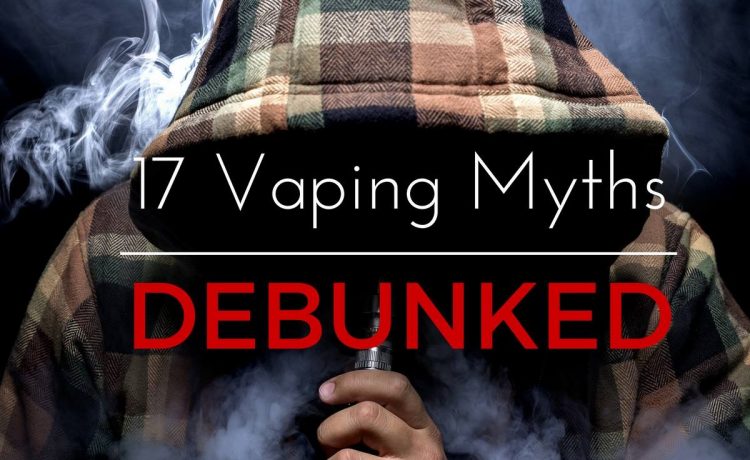E-cigarettes have proceeded to rise in demand among the general public. They’re commonly used in social scenes and by individuals who are trying to stop smoking. Yet, the vape industry is saturated with lies and false information. It’s time to clear the air and set the facts straight concerning these battery-powered gadgets. Here are some of the most notorious and widespread vaping myths, along with the scientific evidence that disproves the lies.
With all the sweet and fruity e-liquid flavorings available for purchase, a common argument is that e-cigarettes are marketed towards children and teenagers. However, repeated studies have shown only a small increase among people who don’t normally smoke, including young adults. Even more, data shows smoking rates continue to diminish among young people.
Furthermore, many people believe that e-cigarettes can be purchased by children effortlessly. However, most jurisdictions have extremely strict laws and severe penalties governing the promotion and selling to those ruled below the legally allowed age. In December 2019, Congress passed — and the president approved — a federal Tobacco 21 law. It is now illegal for any store to sell tobacco products — including e-cigarettes — to anyone under the age of 21.
Another claim the general public seems to accept is that e-cigarettes are not policed and regulated. But, these devices are, in fact, regulated by the Food and Drug Administration. E-cigarettes available on the market currently are required to display a warning label indicating that they include nicotine, and their makers must submit ingredient lists to the FDA.
To learn more about common vaping myths, see the accompanying infographic.













